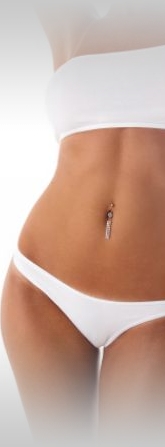
Rosacea is a chronic skin condition that makes your face turn red and may cause swelling and skin sores that look like acne.
|

The cause of rosacea is unknown, but underlying trigger factors cause both
inflammation and an undue readiness of
the blood vessels in the skin of the
face to dilate.
While there is no cure for rosacea, it is possible to manage the symptoms.
|

A combination of treatments and changes to personal skin care often helps treat rosacea.
Doctor may suggest avoiding certain types of moisturizers, soaps, or other skin care products that increase the appearance of redness in the skin.
|
|
Rosacea is a common rash, usually occurring on the face, which predominantly affects both middle - aged (age range 40 to 60 years old) and fair - skinned people.
|

Symptoms like flushing, blushing, pimples, and persistent redness are known symptoms of rosacea.
|

Symptoms of rosacea:
- enlarged nose tissue
- flushing of the face (skin may appear red or sunburned – the flushing comes and goes at first, but lasts longer if rosacea gets worse)
- grittiness or burning sensation in the eyes
- red bumps with pus-like areas of the nose, cheeks, forehead, or chin
- small but visible blood vessels on the face
|

|







